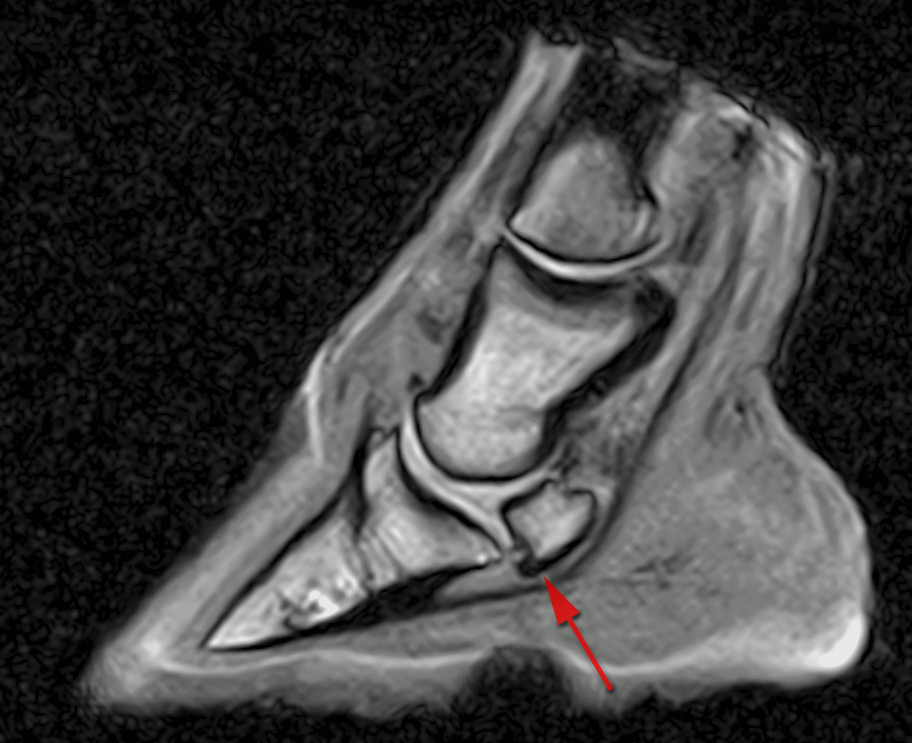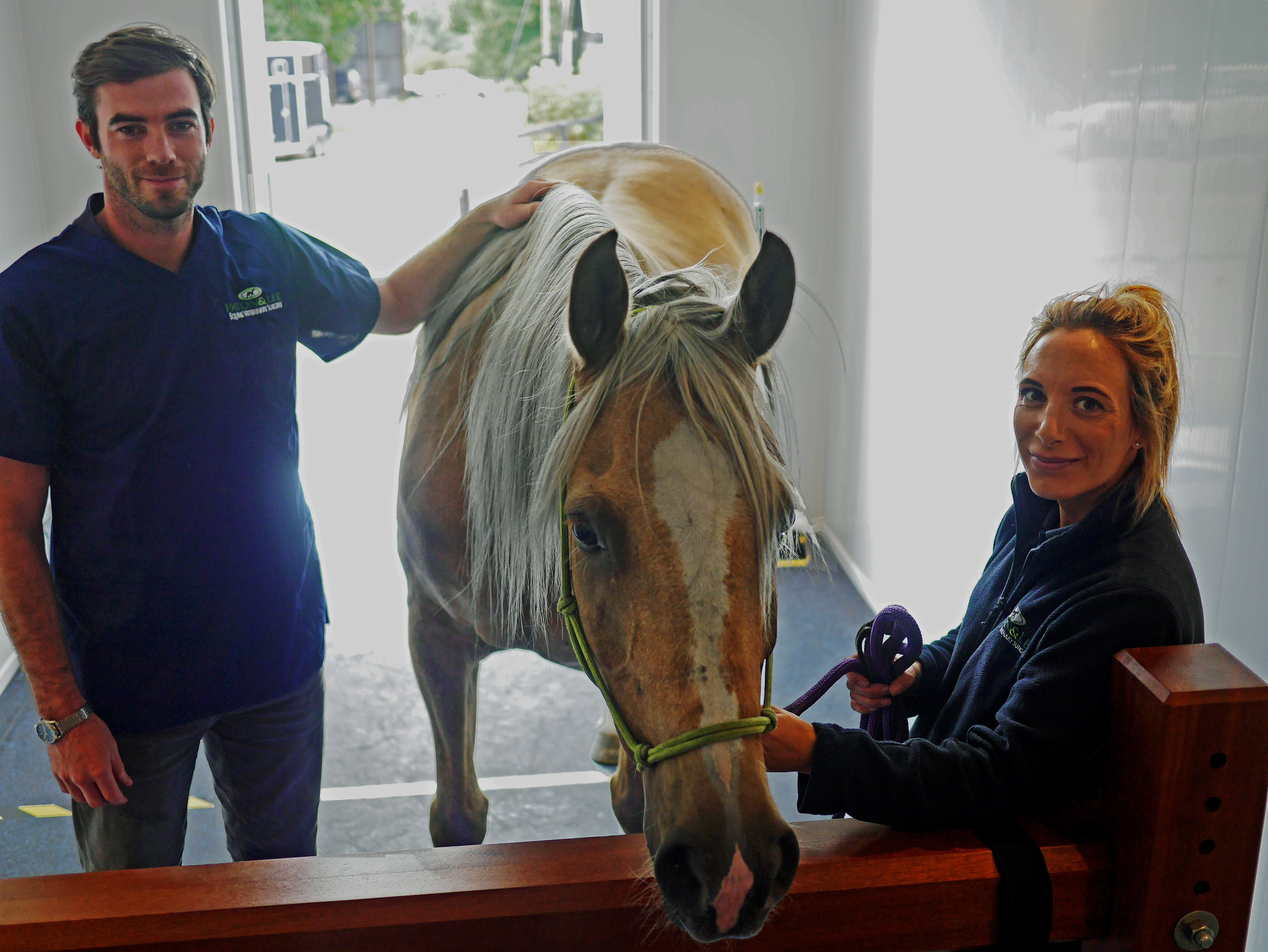Services
Standing Equine MRI Unit
Paton and Lee have a standing equine MRI unit at their Hoo Hall clinic in Witham. This is the first equine MRI unit in Essex and gives owners the ability to acheive the gold standard in equine orthopaedic diagnostics without having to travel long distanced to other referral centres of large equine hospitals.
Why should I consider Standing MRI?
Early, safe and accurate diagnosis is paramount when your horse goes lame. MRI has been widely used in human medicine for many years. It offers the same diagnostic capablities for equine limbs and is considered the gold standard for diagnosing orthopaedic conditions.
What is the procedure?
If we feel MRI is appropriate for your horse, then what can you expect?
- Initial examination: suitability for sedation and general overall health is assessed, along with a brief examination of your horse's lameness.
- Removal of horse shoes: in most cases just two shoes are removed, on the leg to be scanned and the adjacent leg. This is essential as metal can degrade the image quality.
- Sedation: without the need for anaesthesia, and often allowing for day patient scheduling, gentle sedation is administered via a drip of needle and topped up during the scan if necessary.
- Positioning: your horse is walked into the MRI scanner, and the lame leg placed between the poles of the magnet. A radiofrequency coil is fitted around the injury site and the operator makes careful adjustments to ensure that both horse and magnet are in the right place.
- The scan: this takes between 1-2 hours and produces around 300-500 images of the limb or hoof taken from multiple angles.
- Recovery: post-scan, your horse is given time to recover from sedation and, in most cases, can return home the same day.
- Interpretation: the images are carefully reviewed by the vet responsible for the scan, to arrive at an opinion on likely conditions or injury.
- Treatment: a conclusive diagnosis can be made, targeted treatment recommended, a prognosis clarified and a satisfactory outcome reached.
To view the standing MRI procedure visit www.youtube.com/HallmarqMRI or see below:






